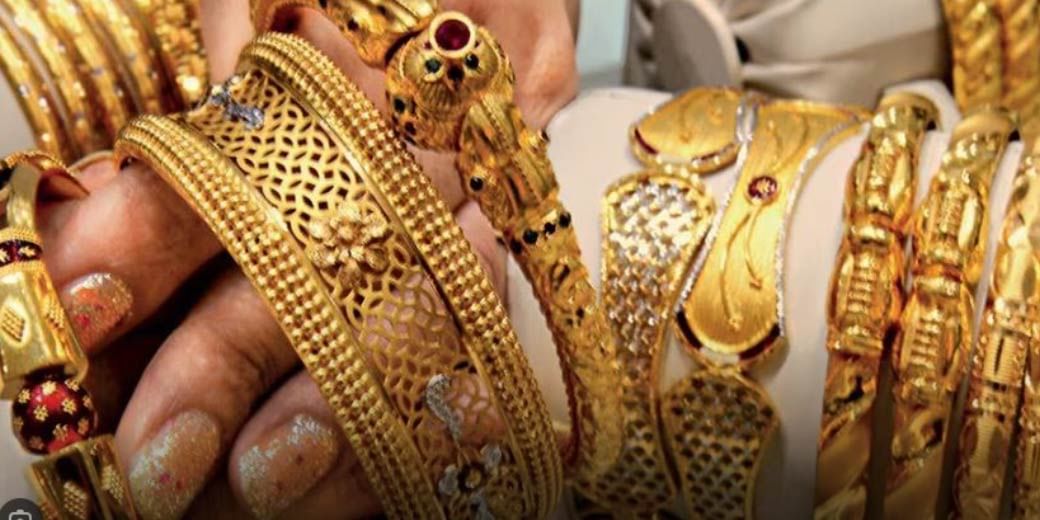How does Gold BeEs work?
How to invest in gold? How is Gold BeES for investment? How and how much better is this scheme than physical gold, who should invest?
- Devendra Sharma
- Last Updated : December 19, 2023, 16:31 IST

Gold remains most individuals’ foremost preference to save and invest. Every family possesses gold in some or the other form. The reason for that is clear. Gold is seen as a safe investment avenue. However, investment in physical gold comes with a set of disadvantages, like suspicions of purity, possibility of being stolen, high locker and making charges and hefty taxes. This is also why many investors are steadily shifting from traditional avenues of investing in gold to more modern means. Amongst these is Gold BeES, considered a cheaper, modern alternative.
Gold BeES simply translates to “Gold benchmark exchange traded scheme”. It is an open-ended exchange traded fund, which has the gold prices of the sarafa market as its benchmark. Investors who have a demat account can buy units equivalent to 0.01 gram of gold. This is priced the same as physical gold with 99.5% purity. Since it is an ETF, you can buy or sell them either on BSE or NSE.
You can trade these units under the cash segment of both NSE and BSE. And unlike physical gold, you don’t have to worry about theft, purity and locker charges with these ETFs.
Since these are listed on the stock exchange, it ensures that your investments are always liquid. You can begin investing in Gold BeES by buying just 0.01 gram of gold. Let’s assume that currently, the price of gold in the sarafa market is Rs 64,000 per 10 grams. So, you can start investing with just Rs 64. Given that gold is always in high demand, you can easily trade it on exchanges.
You can always check the value of your ETF on the exchange. The prices are denoted as per one gram, making it easy for people to invest in them.
Many mutual fund companies in the country are running various ETF schemes, but Nippon India mutual fund is the sole company running Gold BeES scheme. In a regular ETF, if one wants to invest in 1 gram of, you will have to pay Rs 6,400, according to present rates. But with gold BeES, you just need Rs 64 to begin investing.
95% of Gold BeES is invested in physical gold, while the remaining 5% is invested in the market. ETFs invest relatively less percentage in physical gold. But other than that, both investments are quite similar.
While Gold BEes are very popular internationally, it was introduced in India only in March 2007. Since most of the money received under this scheme is invested in physical gold, its returns mirror gold, as well.
Since inception, this scheme has delivered annual returns of 10.45%. Over the last year, it has generated 14.33% returns, while delivering 12.22% over a 2 year period. Over the last 10 years, gold BEes has generated 7.59% returns.
Personal finance expert Jitendra Solanki says that BeEs is a safe, effective way to invest in gold. Not only is it a good way to diversify your portfolio, but it also saves you from the hassles of buying physical gold. It works exactly like a gold ETF. Since it is a passive fund, the cost of investment in this is very low. Every individual must allocate at least 10% of their portfolio to gold. This can be done via SGBs or ETFs.
If you are also looking to invest in physical gold, Nippon India’s Gold BeES is a great option. With a small amount, you can accumulate a big corpus. Also, you can earn comparatively better returns on this, as compared to physical gold.
Download Money9 App for the latest updates on Personal Finance.
Related
- ग्लोबल मार्केट में मजबूत हुआ सोना, 580 रुपये चढ़े भाव, चांदी में भी 500 रुपये की तेजी
- हाजिर मांग के कारण सोना वायदा कीमतों में तेजी
- हाजिर मांग के कारण सोना वायदा कीमतों में तेजी
- सोने और चांदी में आई बड़ी गिरावट, ऑल टाइम हाई से 1200 रुपये सस्ता हुआ गोल्ड
- सोने की कीमतों ने बनाया नया रिकॉर्ड, चांदी में भी तेजी
- सस्ता हुआ सोना, इंटरनेशनल मार्केट में क्या है भाव?

